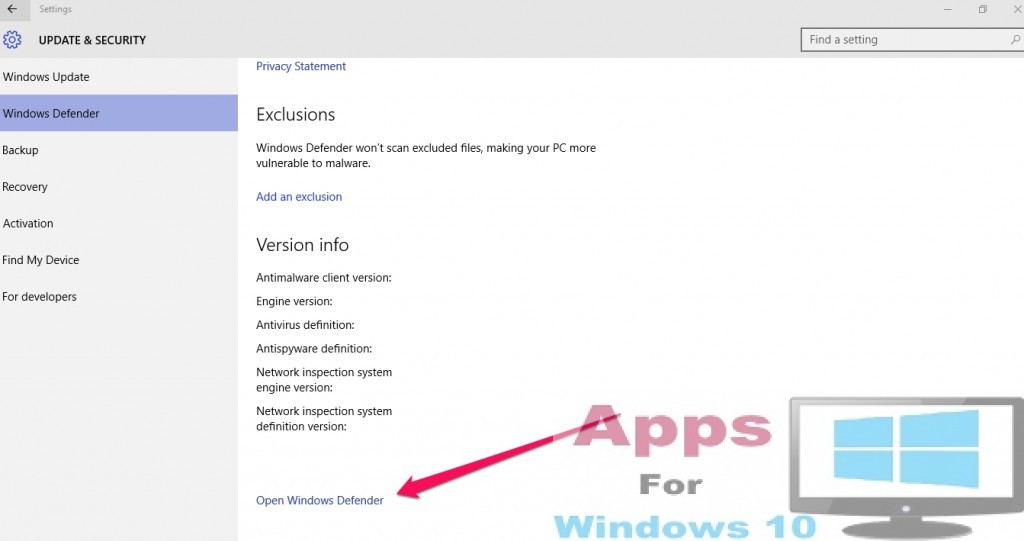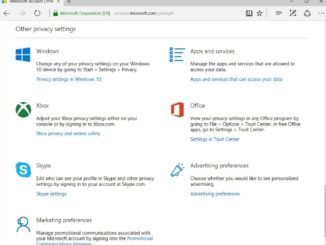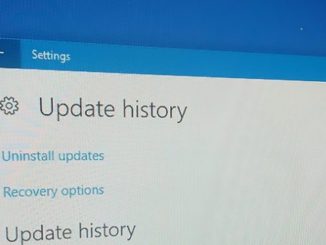Windows 10 is fast and efficient when it comes to executing tasks compared to earlier operating systems from Microsoft. But as is the case with all OS, Windows 10 is not immune to getting sluggish & slow down with time due to clogging of system files resulting in the gradual retardation of optimal performance. In this post, we will discuss ways to help you speed up PC Windows 10.
Steps below will enable you to fine tune Windows 10 if it’s been acting up lately on your PC or laptop.
1 – Clear Up Hard Drive Space
Windows 10 uses system hard disks to accomplish different tasks, many core system processes require hard drives for completion. In layman term, if these hard drives are full or don’t have enough space, it takes longer for Windows 10 to sift through files to eventually reach the desired file to execute the process. Consequentially, it slow down the system performance, therefore, in order to run Windows 10 faster and without issues it is recommended to keep enough space on hard drives.
Here is how you can ensure there is plenty of space always available on hard drives so that this issue doesn’t slows down Windows 10. First go to Start Menu > Settings > System and select storage option on left window pane. You will see list of hard drives on right pane showing consumed and empty space. Click on This PC to get a detailed division of what is taking how much space on the drive and get a clearer glimpse of hard disk space distribution.
If there is not much space on the disk then move unwanted files to another location that contains abundant space, or save them on external storage devices. You can also use cloud storage services for saving files to free up system hard drive space. Usually it’s better to have minimum 10 GB or more primary hard disk space available for fast Windows 10 performance. Check Windows ‘download’, ‘photos’, ‘videos’ folders for gratuitous stuff saved in them, clear the space by moving/removing unnecessary files.
You can use ‘Disk Cleanup’ feature which removes cookies and undesired files from the hard disk. Open This PC, right-click on the drive you want to clear out, go to Properties and click on Disk Cleanup.
Another way of opening Disk Cleanup window is to type ‘disk cleanup’ in search box on task bar and select top most item from the result list, select the drive which needs emptying and click OK.
2 – Keep Viruses and Malware Out
In many instances of Windows performing lethargically, real culprits are viruses or malware. It’s prudent to scan the system for viruses and malware attacks regularly to ascertain they are not stealthily eating out at your PC’s ability to perform at an optimal level. Numerous anti-virus packages like AVG, AVAST, McAfee and others are available on the market that help protect Windows 10 from malicious virus attacks.
Microsoft’s own ‘Windows Defender’ program is also pretty nifty at weeding out harmful malware/virus programs before they can compromise your computer’s stability. Go to Start Menu > Settings > Update and Security > Windows Defender, now scroll down the window and click on Open Windows Defender.
You will see a list of scan options such as Quick, Full or Custom scan. Choose the one you prefer. Full scan option takes time, so be sure that you don’t have any work to do on PC before hitting Scan now button.
3 – Control Visual Graphics
Windows 10 comes with cool fancy graphics that demand computers with relatively hefty hardware configuration to run them smoothly. PCs with slower & older hardware, particularly those upgraded from Windows 7 & 8 to Windows 10, might face some issues in terms of rendering graphics effortlessly. Be it handling flashy live tiles on new Windows 10 Start Menu or crisper Wallpapers and icons, graphics can take their toll on processor’s ability to run tasks quickly.
In Windows 10, you can easily manage graphics options to make the OS run faster specially if hardware is not sufficiently updated enough to handle complex and intensive tasks. Right-click on This PC icon on desktop and click on Properties, new windows properties window opens, select Advanced System Settings from top left options set. Alternatively, just type ‘Advanced System Settings’ in the search box on task bar and click the top item on the result list. On System Properties window, click Settings in Performance section.
You will see a new window of all graphics related options, un-check the ones you don’t want for freeing up graphics memory. Or check the option Adjust for best appearance to make Windows 10 automatically set graphics settings to optimal system performance level.
4 – Close Intensive Programs
Constant program updates, or badly written program codes, or running incompatible programs on Windows 10 could put an undue strain on the processor, thus, making it execute programs & tasks slower than usual. When graphics intensive or incompatible programs are run on Windows 10, system resources have to be shifted to handle intensive tasks leading to wobbly execution and delays.
In order to close down processor intensive tasks manually, right-click task bar and click Task Manager. A new window will open containing information about all apps and programs running on PC. Under Processes tab you will see a list of currently running programs; pay particular attention to CPU and Memory columns, see programs/apps taking up most system resources, close them to unburden processor. Close programs running in the background that consume resources via Task Manager to boost system performance.
5 – Upgrade PC Hardware
Wears and tears do come into play as PC gets older. Hardware gets obsolete as software & technology advancements render many computer components inadequate to handle more advanced tasks. Your PC might be in perfect condition but it may have run its course with time to be capable of executing new heavy software programs or applications. If that’s the case then probably it’s time to upgrade RAM. There might be an issue with slow hard drive, replace it with faster SSD.
Hopefully this guide was helpful to you in getting your Windows 10 PC to run faster. Keep your invaluable feedback coming.
Also See: How to Play DVDs on Windows 10 for Free & QuickPic Gallery for PC – Windows & Mac







